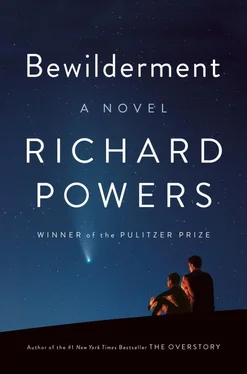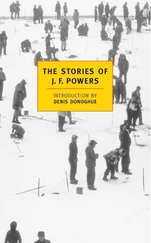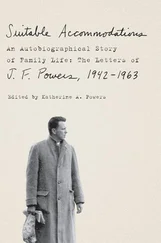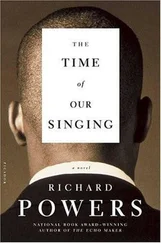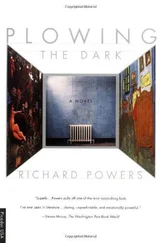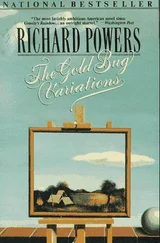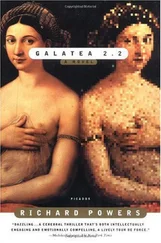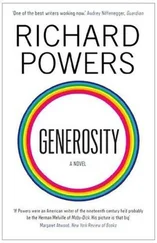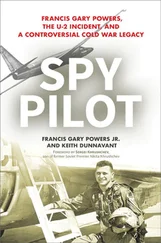Professor McMillian’s inflated letter of recommendation— largely accurate , she told me, if still mostly predictive —got me a graduate assistantship at U Dub. Seattle was the best place I could have landed, given my skill set, which consisted of holding still and looking at things, the stranger the better. The microbiology program was strong, and the extremophile people adopted me as close enough for kin.
I joined a multidisciplinary team modeling how oxygenated meltwater between glaciers and the seas kept organisms alive when Earth was frozen up like a giant snowball. According to our models, that sliver of life, over agonizingly long stretches of time, helped turn the snowball planet back into a runaway garden.
While I studied, crazy things were happening far away. Data flowed back from instruments flying all over the Solar System. The planets were wilder than anyone suspected. Moons of Jupiter and Saturn turned out to be hiding liquid oceans beneath their suspiciously smooth crusts. All the Earthly chauvinisms began to fall. We’d been reasoning from a sample of one. Life might not need surface water. It might not need water at all. It might not even need a surface.
I was living through one of the great revolutions in human thought. A few years before, most astronomers thought they’d never live to see the discovery of even a single planet outside the solar system. By the time I was halfway through graduate school, the eight or nine planets known to exist turned into dozens, then hundreds. At first they were mostly gas giants. Then Kepler was launched, and Earth was flooded with worlds, some not much larger than ours.
The universe changed from one semester to the next. People were looking at infinitesimal changes in the light of immensely distant stars—reductions in brightness of a few parts per million—and calculating the invisible bodies that dimmed them in transiting. Minuscule wobbles in the motion of massive suns—changes of less than one meter per second in the velocity of a star—were betraying the size and mass of invisible planets tugging on them. The precision of these measurements defied belief. It was like trying to use a ruler to measure a distance a hundred times smaller than the amount the ruler would expand from the heat of your hand.
We did that. We Earthlings.
New habitats everywhere: no one could keep up. People were finding hot Jupiters and mini-Neptunes, diamond planets and nickel planets, gas dwarfs and ice giants. Super Earths in the habitable zones of K- and M-class stars seemed as suited for a spark of life as this place ever was. The whole idea of the Goldilocks zone got blown wide open. The life we’d found in Earth’s harshest regions could easily thrive in many of the regions now springing up throughout space.
I woke one morning looking down on my body where I lay in bed. I saw myself the way my old mentor Dr. McMillian sized up a new species of archaea. I weighed where I’d come from, my cast of mind, the sum of my failings and capabilities, and I knew what I wanted to do before my small part of this giant experiment ended. I’d visit Enceladus and Europa and Proxima Centauri b, at least via spectroscopy. I’d learn how to read the histories and biographies of their atmospheres. And I’d comb through those distant oceans of air for the slightest signs of anything breathing.
ONE DAY NEAR THE END OF MY PH.D., back from a week of field sampling, I sat down in a campus computer lab next to a frantic but friendly woman who, by chance, was struggling with one of the few quirks in the university file system I knew how to solve. She leaned over to ask for help, a thing, it turned out, she never did. And the first words out of her earnest mouth— Do you know how ttt-t…?— tripped on a stutter that caught even her by surprise.
She got the word out, and then the sentence. I worked my one little trick of digital wizardry. She thanked me for saving her from failing her course on animal law. By her third sentence, the stutter settled down. If you ever need any advice about what constitutes legal cruelty, I’m your gal .
Everything about her felt familiar, as if I’d been briefed on the local customs in advance. Her mouth puckered in permanent near-interruption, halfway between a- and be-mused. Her auburn frazzle was parted down the middle. The top of her head just reached my shoulder. She held her small frame like an athlete before the starting gun: challenges everywhere. She felt like a prediction, a thing on its way here. Compact but planetary . My favorite poet Neruda seemed to fall in love with her, too, the minute I did.
She had on Mil-Spec hiking boots and a green vest that made her look like something from the Shire. I lunged at my one entrée. “I’m just back from a week in the San Juans.” She lit up. Even as I worked up the courage to ask if she’d like to see our field site, her lips formed her trademark look, half wince, half smirk. Laugh lines swamped her hazel eyes and she said, I can go days without showering . The stutter was nowhere.
It took some months to accept my luck. I’d met someone else who liked to hike more than most people like to sleep. It boggled me that a woman who looked like her would also be aroused by Latin nomenclature. Weirdest luck of all, she laughed at my jokes, even when I didn’t know I was making one.
The fit between us was rough but useful. I gave her stamina and fed her curiosity. She taught me optimism and appetite, albeit plant-based. There it was: roll the dice and find your life catalyzed by another, one who, ten minutes later or three seats farther down at another computer screen, would have remained an undetected signal from deep space.
ALYSSA FINISHED HER JD as I wrapped up my doctorate. And still our streak kept rolling. We both landed decent jobs in the same unlikely city. Madtown, Cheeseland: from U Dub to U Double U. A place on neither of our radars soon made natives of us. We loved the city, and our only contention was east side or west. We found a place near Lake Monona, a healthy walk from campus. It was a good house, a little dowdy, a little old—pine-framed midwestern standard issue, renovated many times, with leaks around the flashing of the skylights. It was just right for two. It got snugger later, with three. Later still, with two again, it would feel cavernous.
Aly was a dynamo, cranking out fully researched action plans for one of the country’s leading animal rights NGOs every other week while dashing off countless diplomatic emails and press releases in her spare minutes. In four years, she rose through the ranks from glorified fundraiser to Midwest coordinator. State legislators from Bismarck to Columbus both dreaded and adored her. She inched ahead on colorful profanity and sardonic cheer. The vilest factory farm brought out her steely will. Between occasional full-on collapses of confidence, her days remained as resolute as they were long. At night, there was red wine and poems for Chester.
Wisconsin gave me my first real home. I found a collaborator. Stryker handled the astrochemistry that was beyond me. I contributed the life science. Together, we studied how the absorption lines in the spectra of distant atmospheres might reveal biology. We refined our biosignature models by applying them to terrestrial satellite data, scaled down to what Earth would look like if spied on by a four-meter telescope from distant space. We learned to read its fluctuating images. In the shimmer of data points we detected the planet’s makeup, calculated its cycling elements, watched the bright continents and swirling currents of ocean. The harsh Sahara and fertile Amazon, mirror-like ice sheets and changing temperate forests: all appeared in the fluctuations of a few pixels. It thrilled me to peer through that narrow keyhole on the breathing Earth and see it the way alien astrobiologists would from a trillion miles away.
Читать дальше
